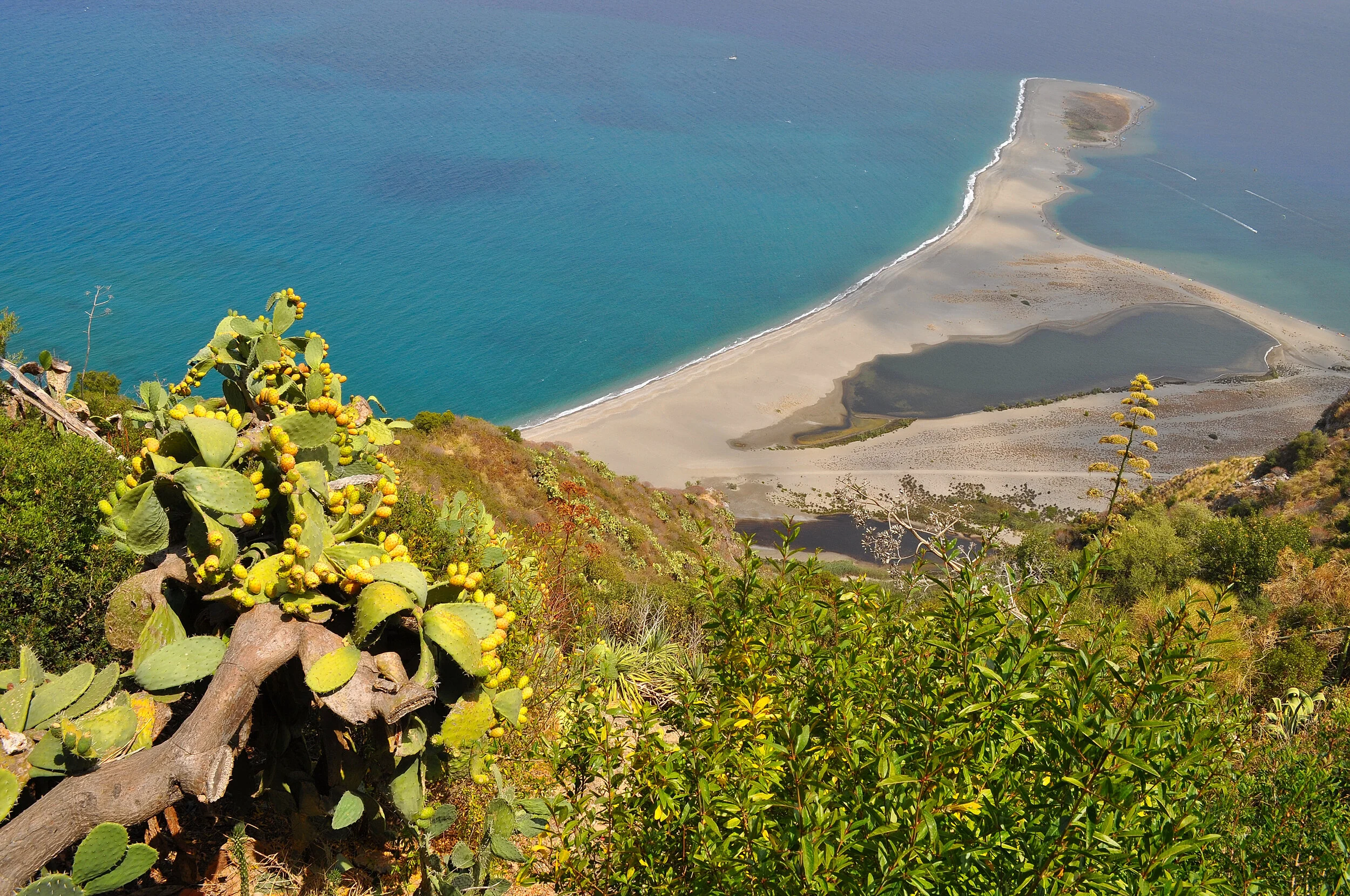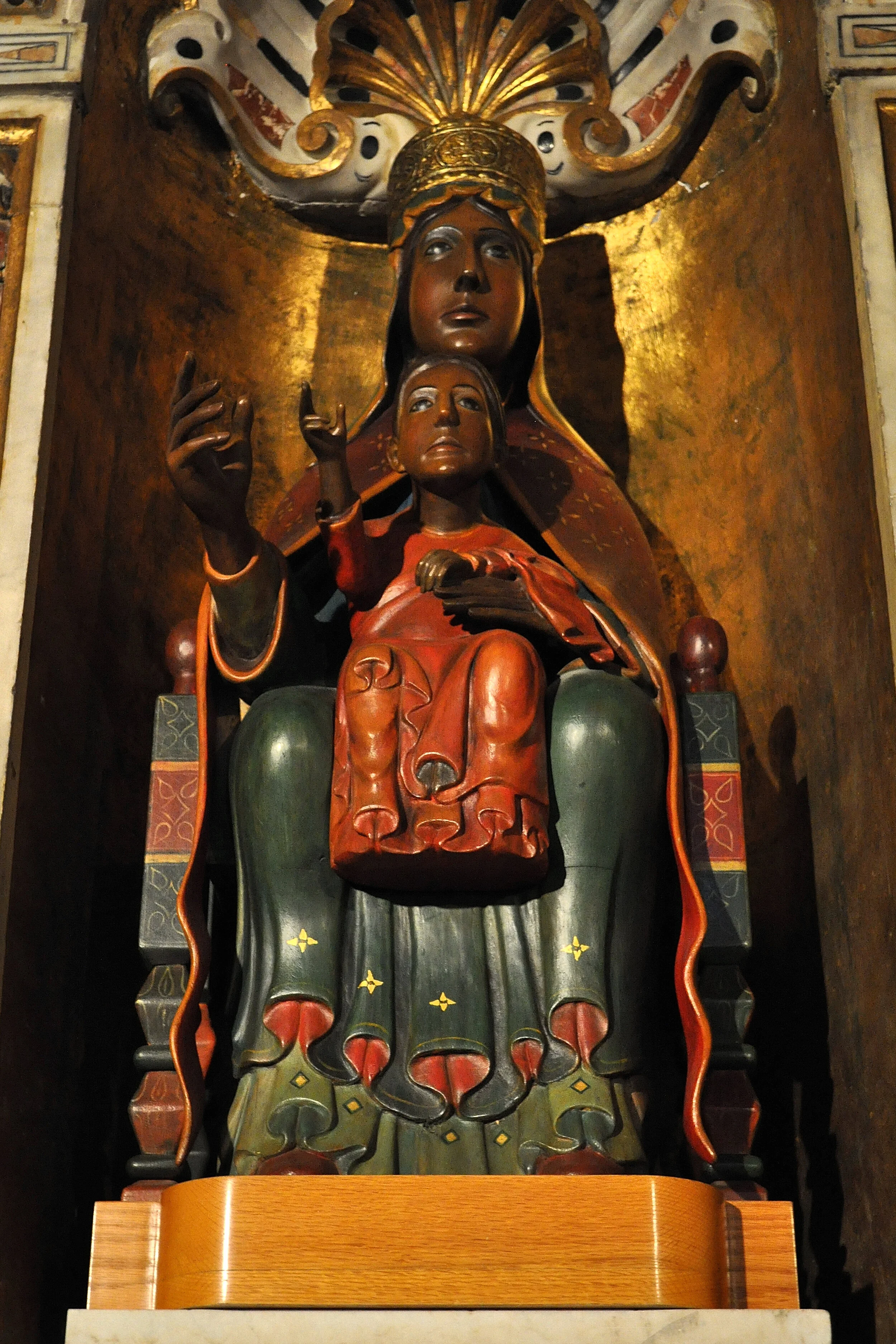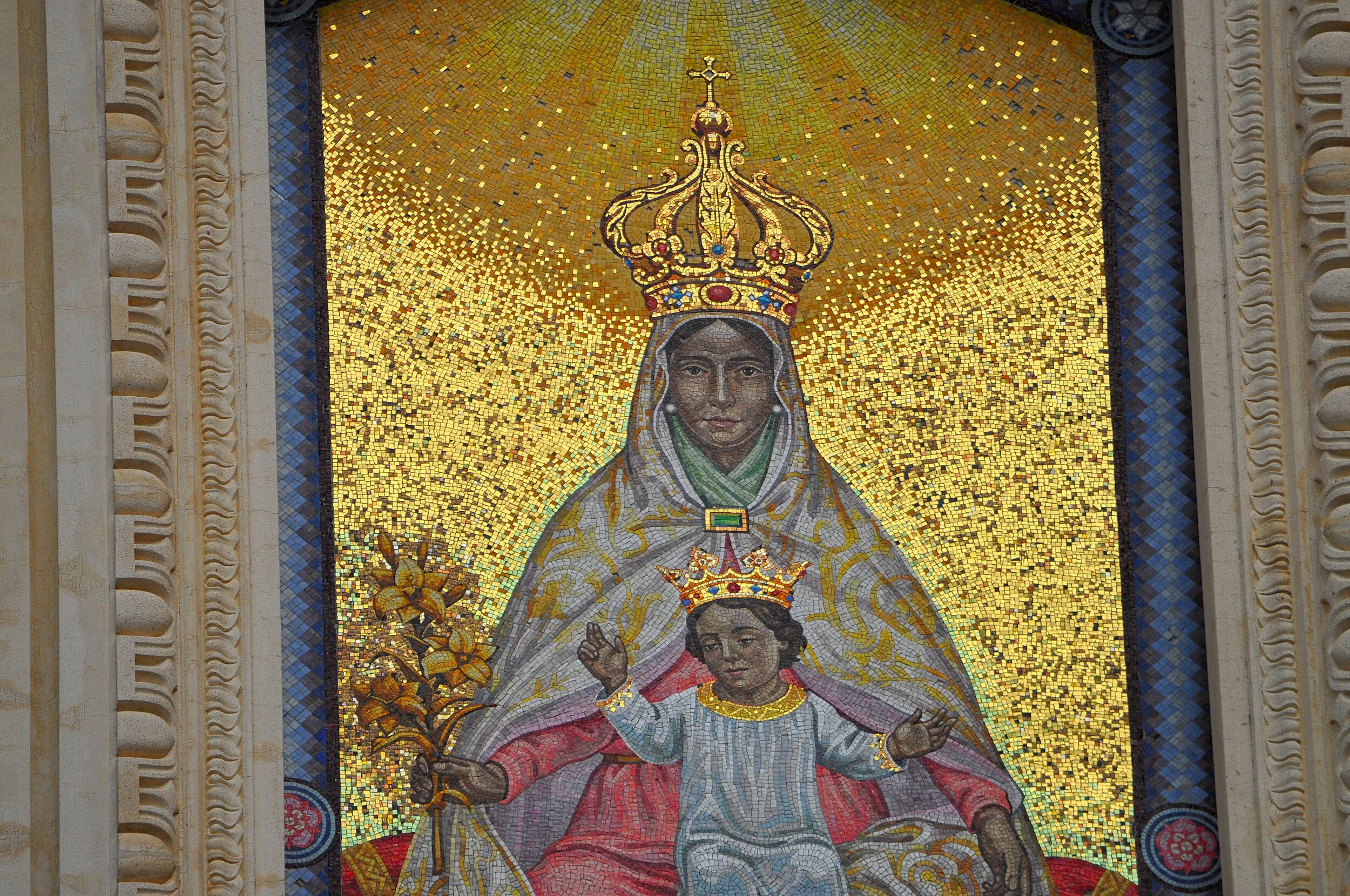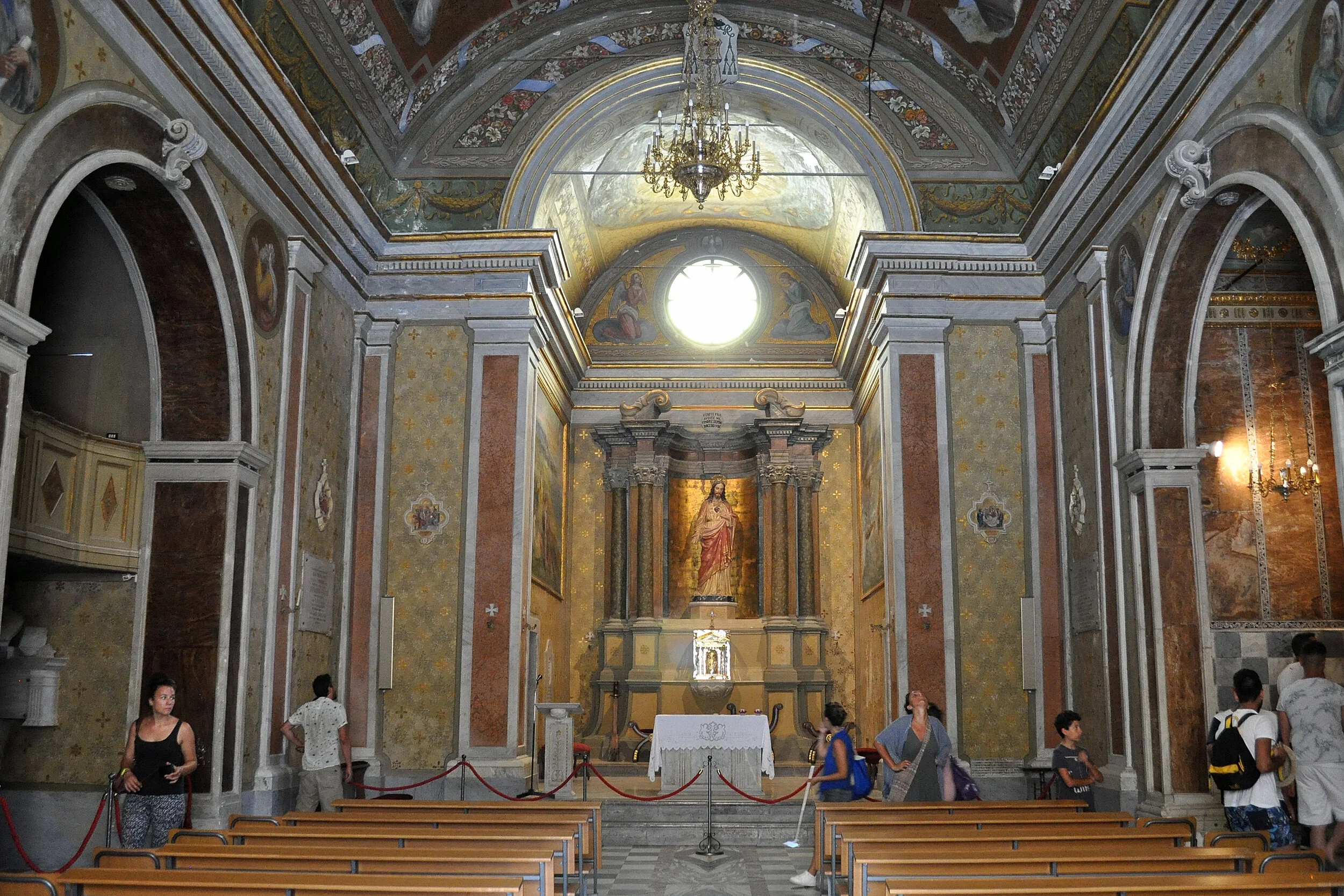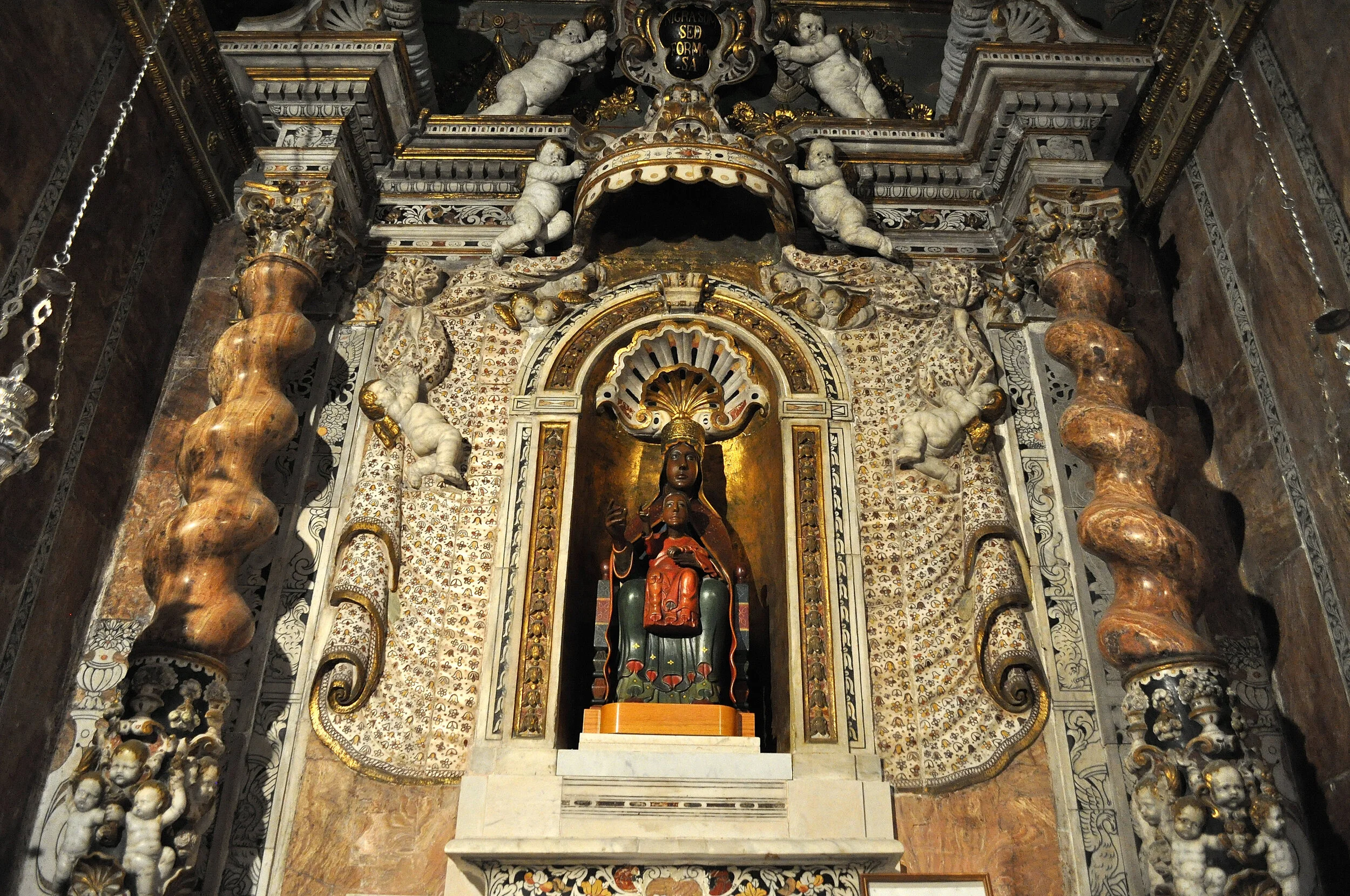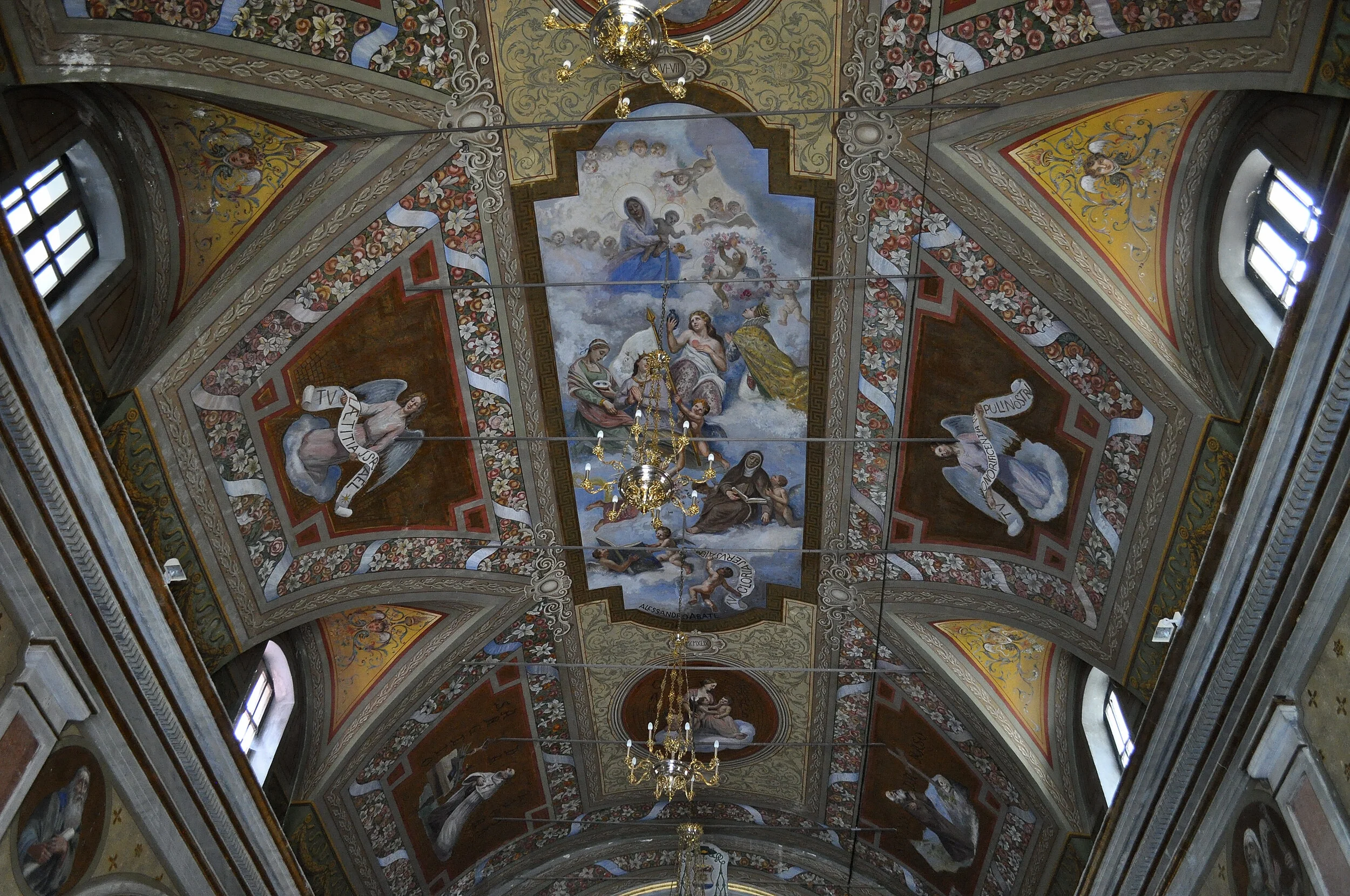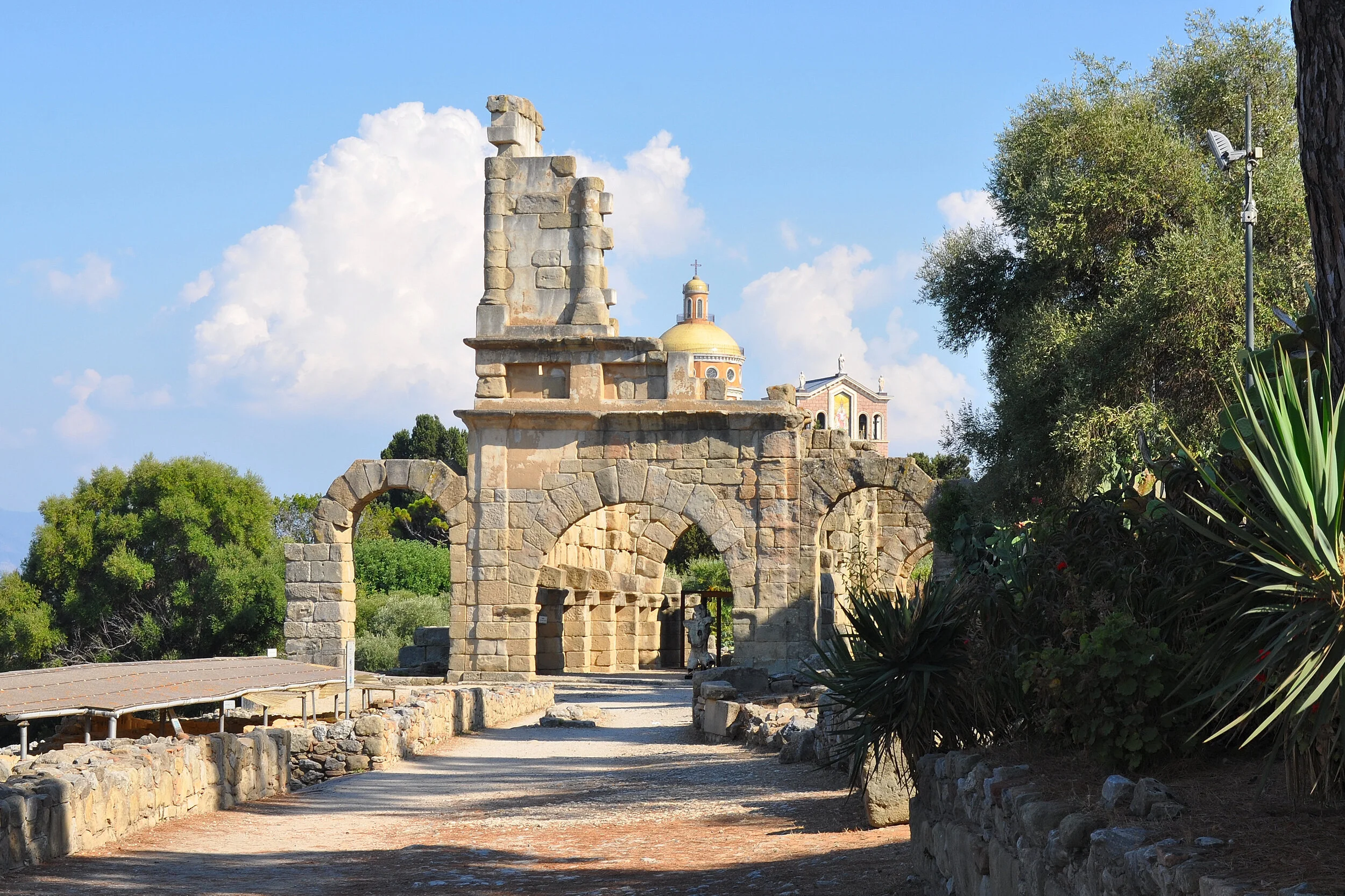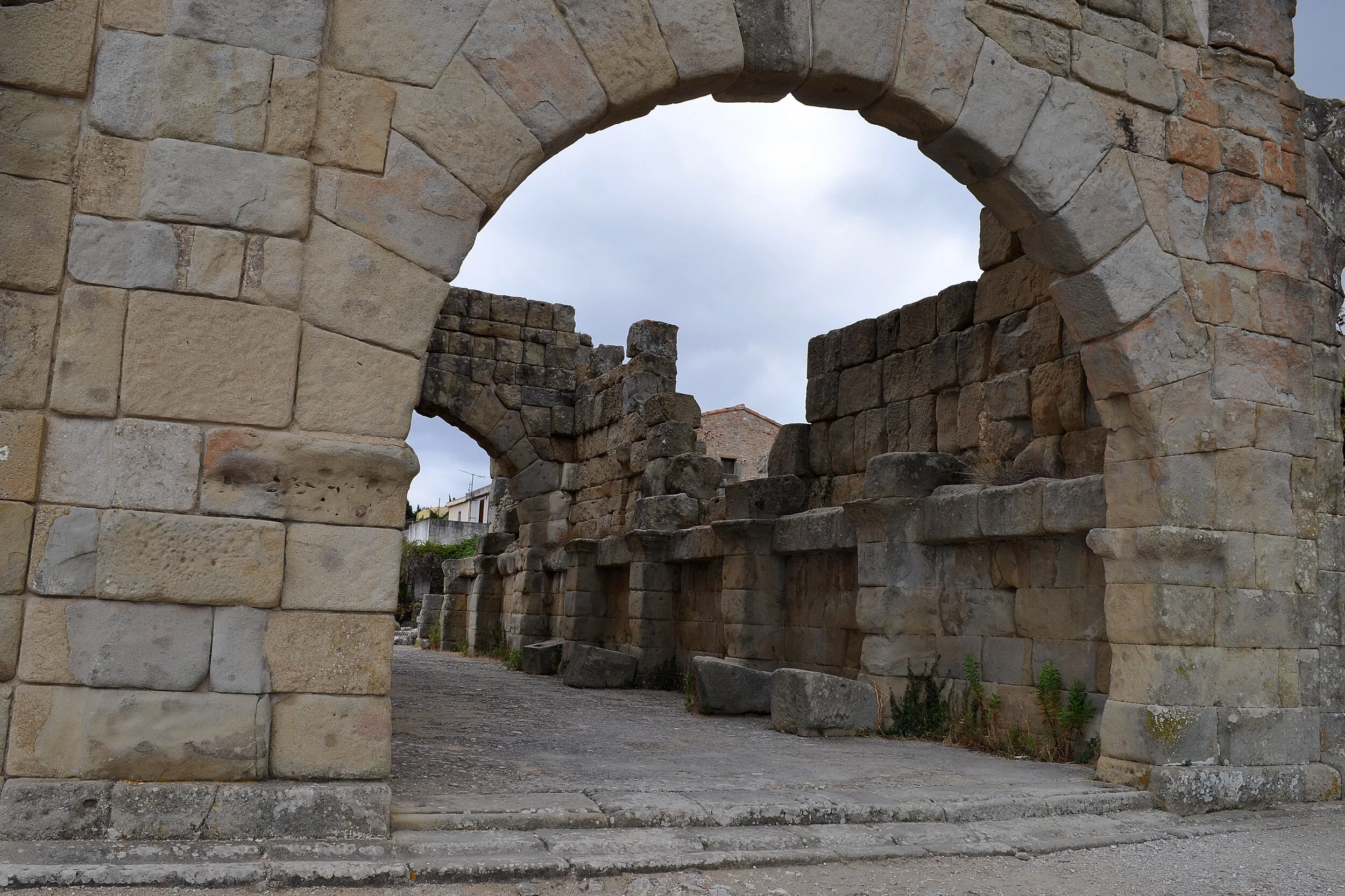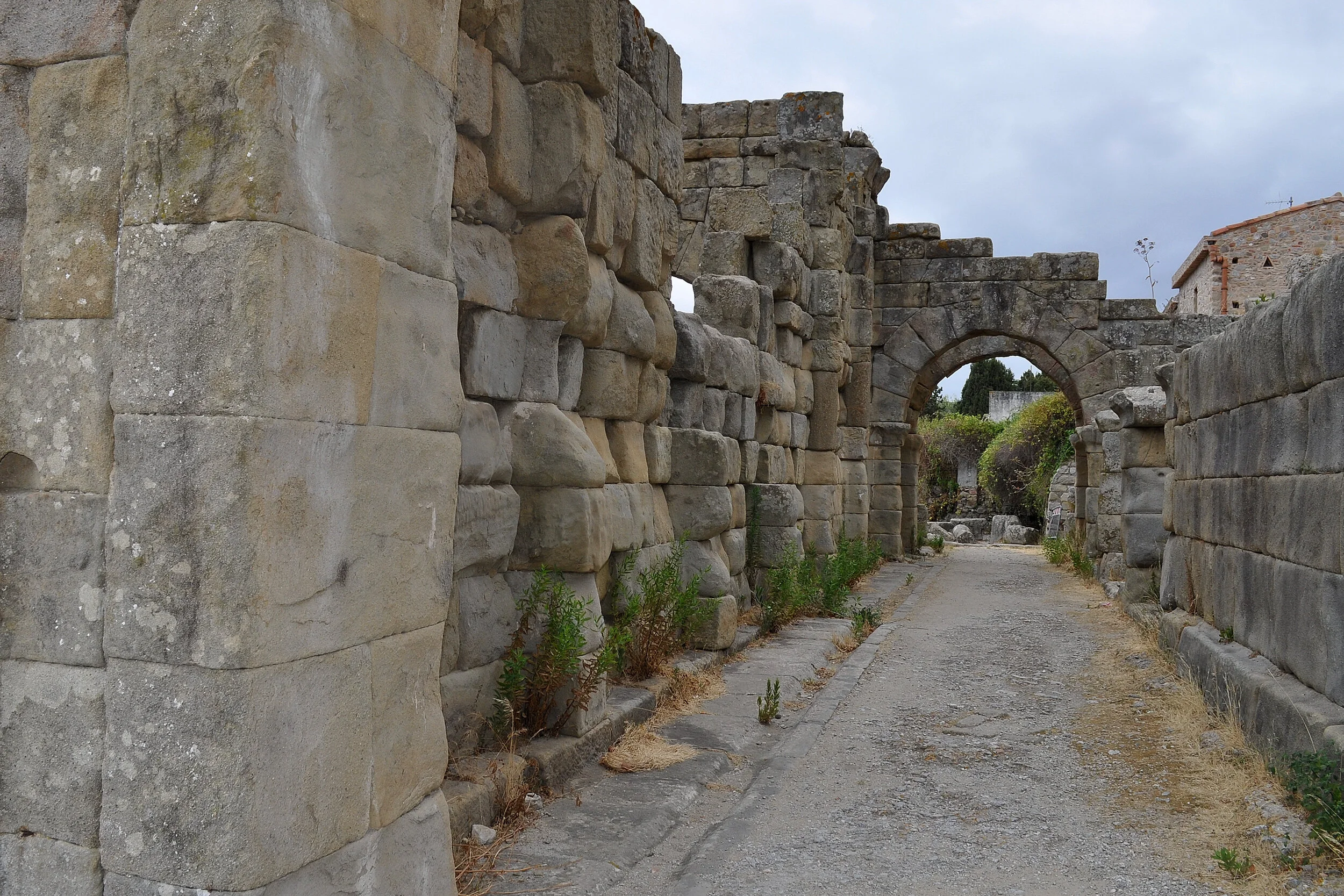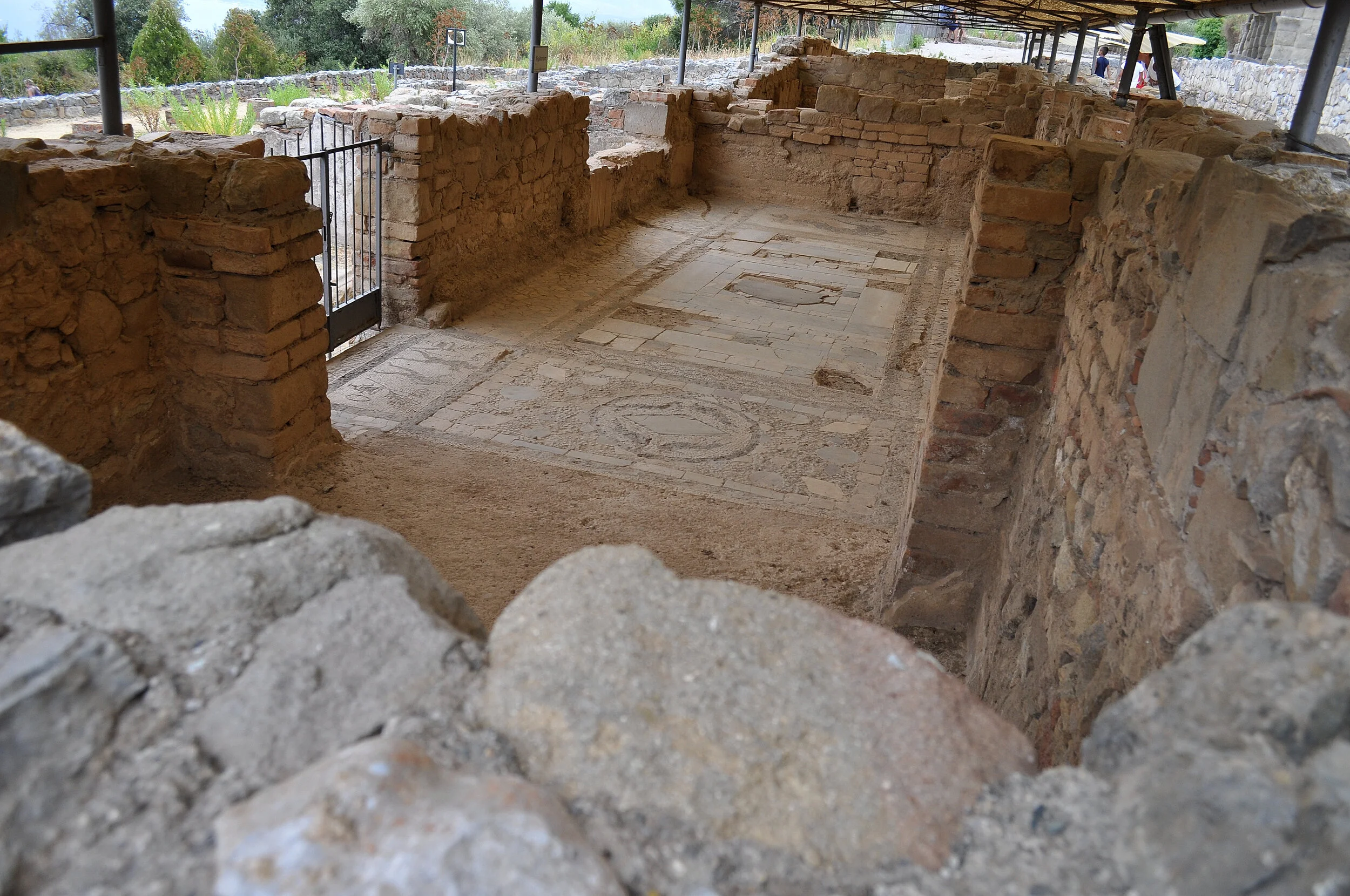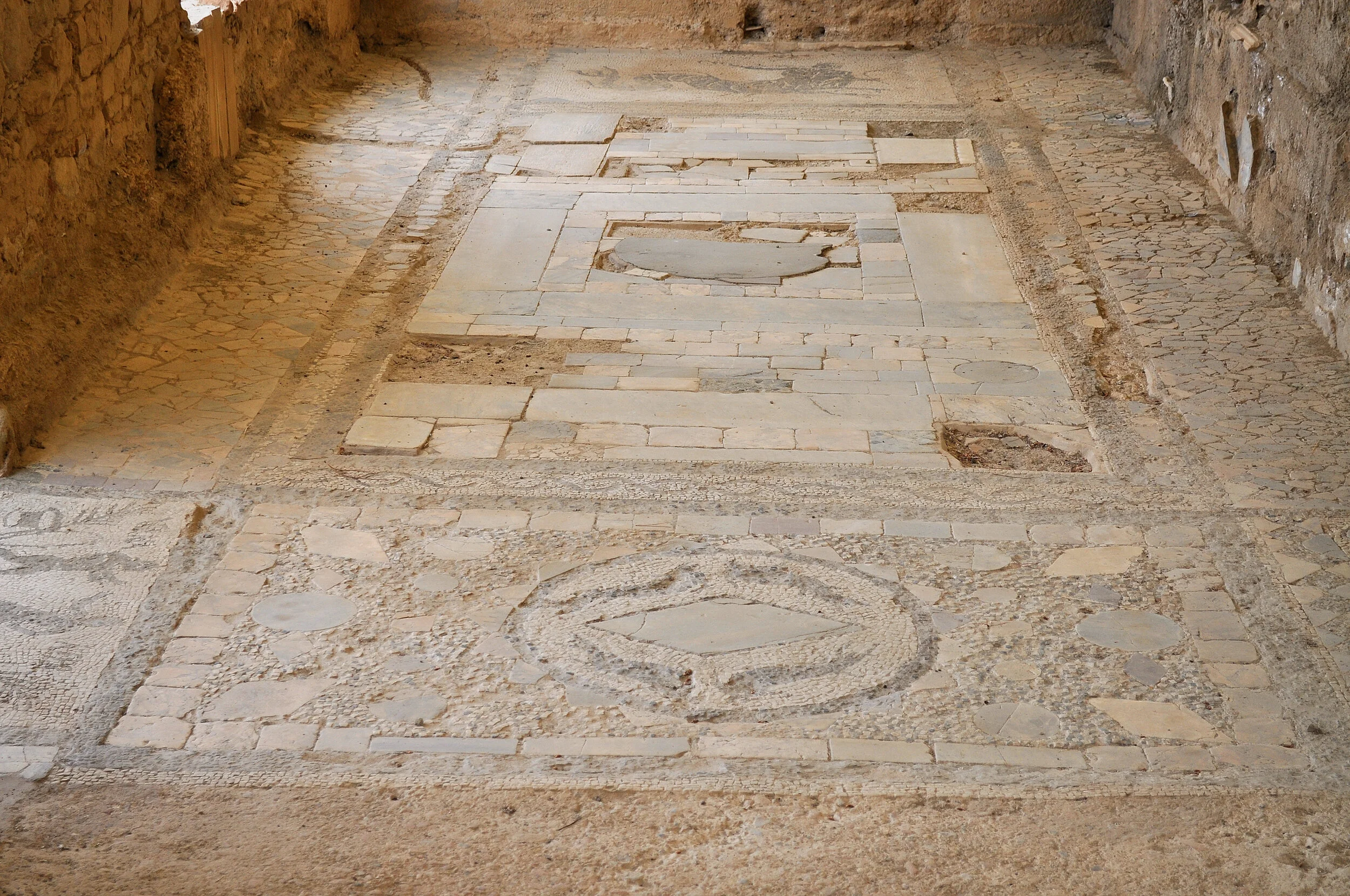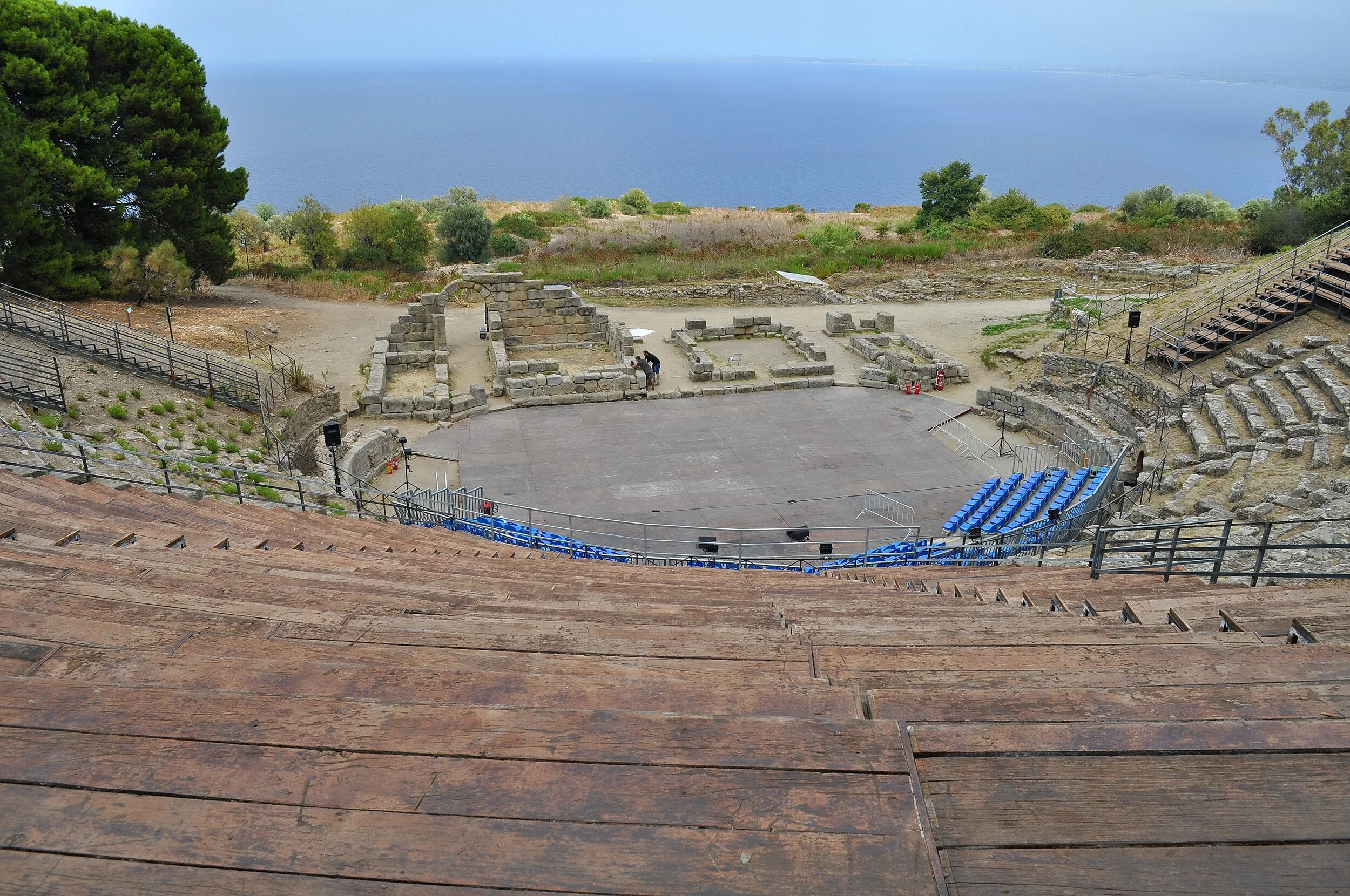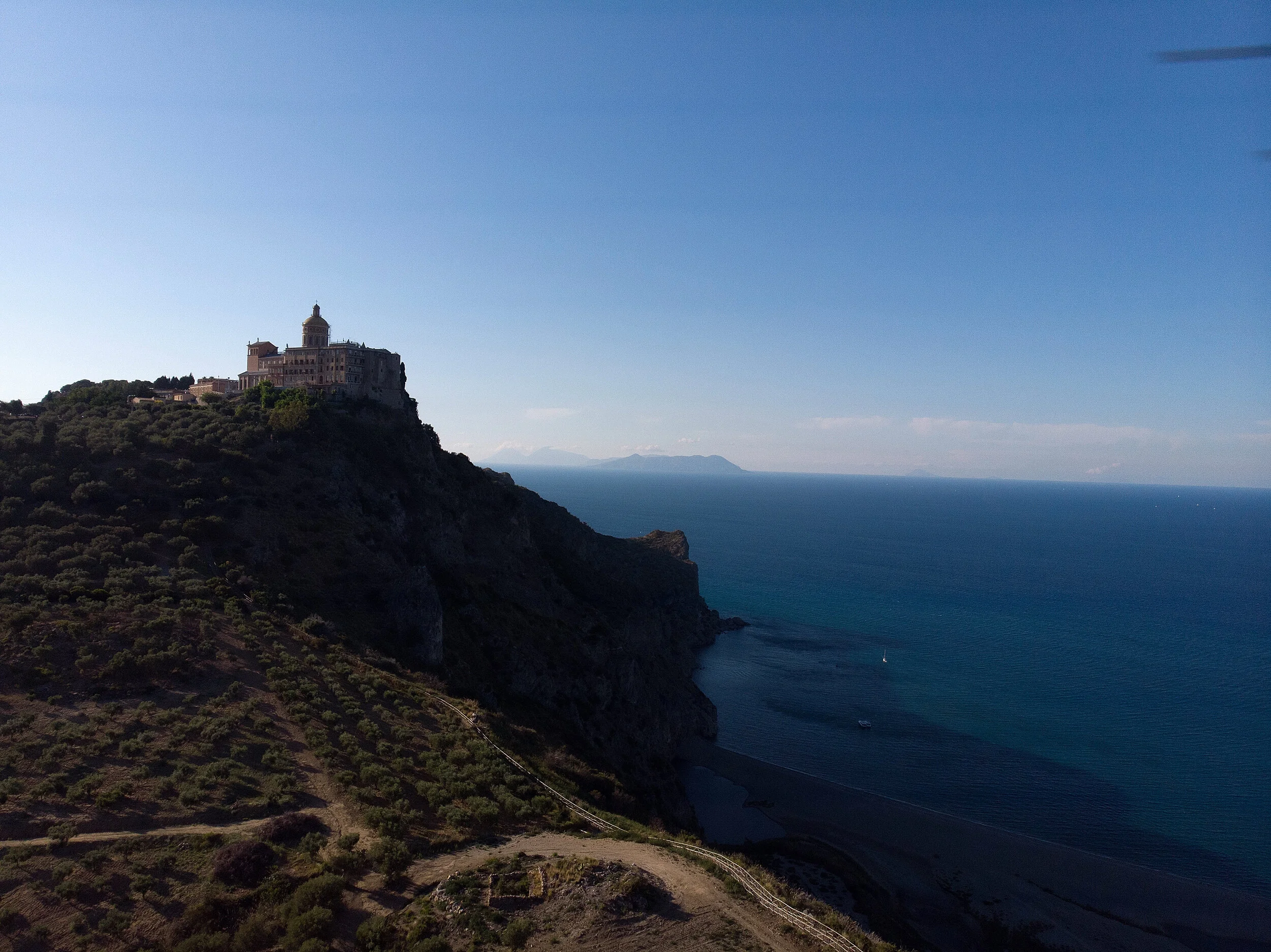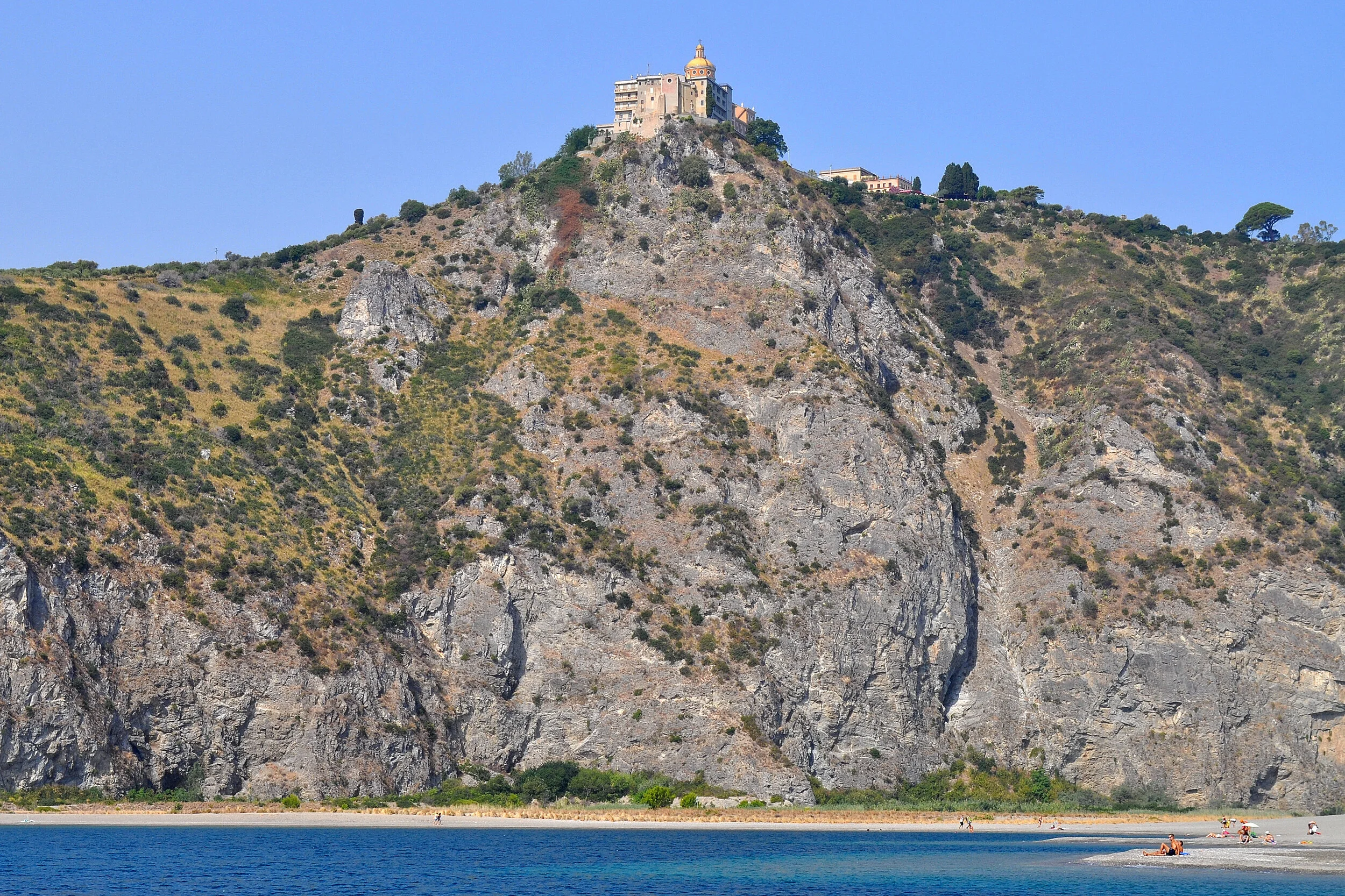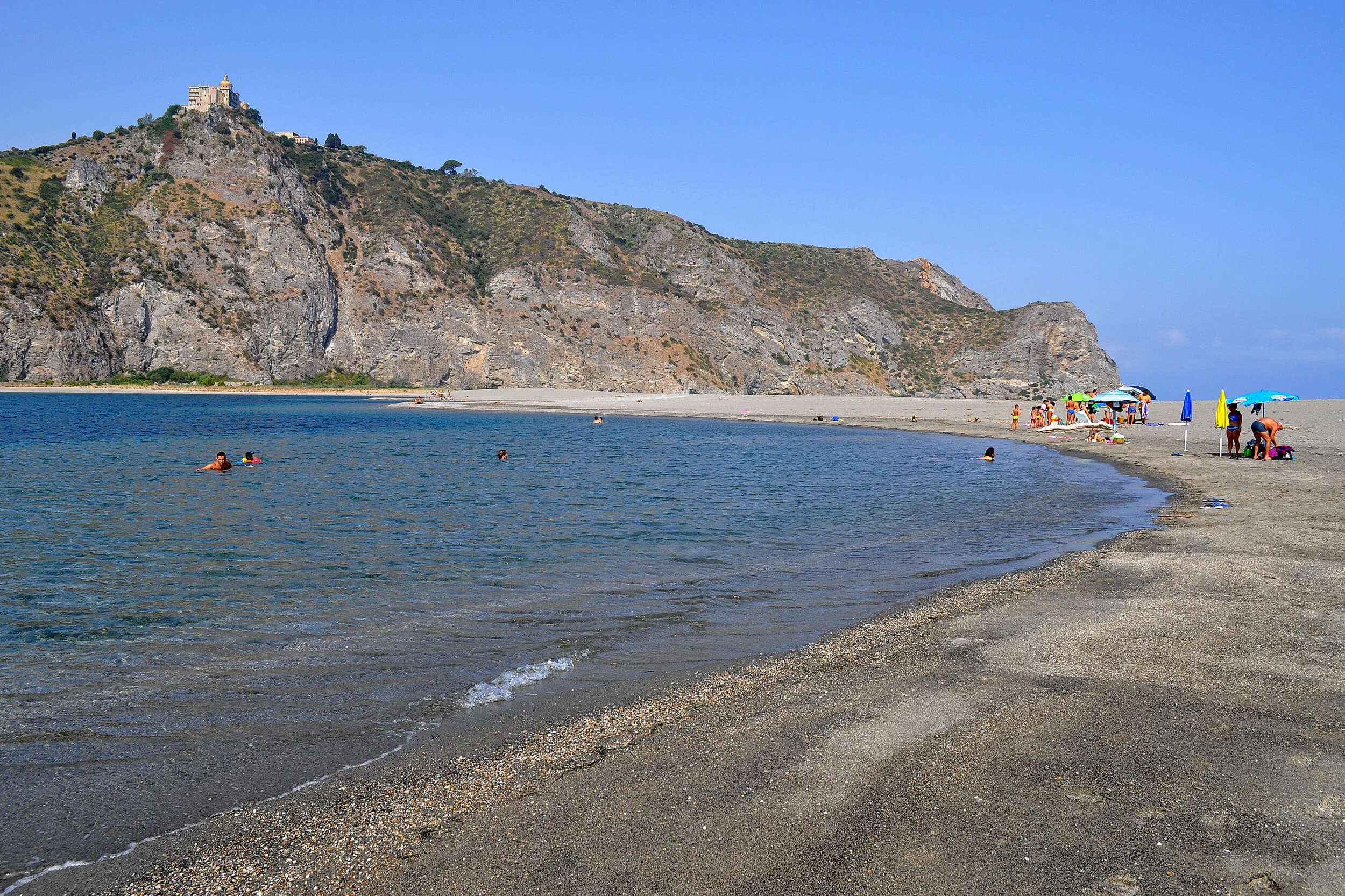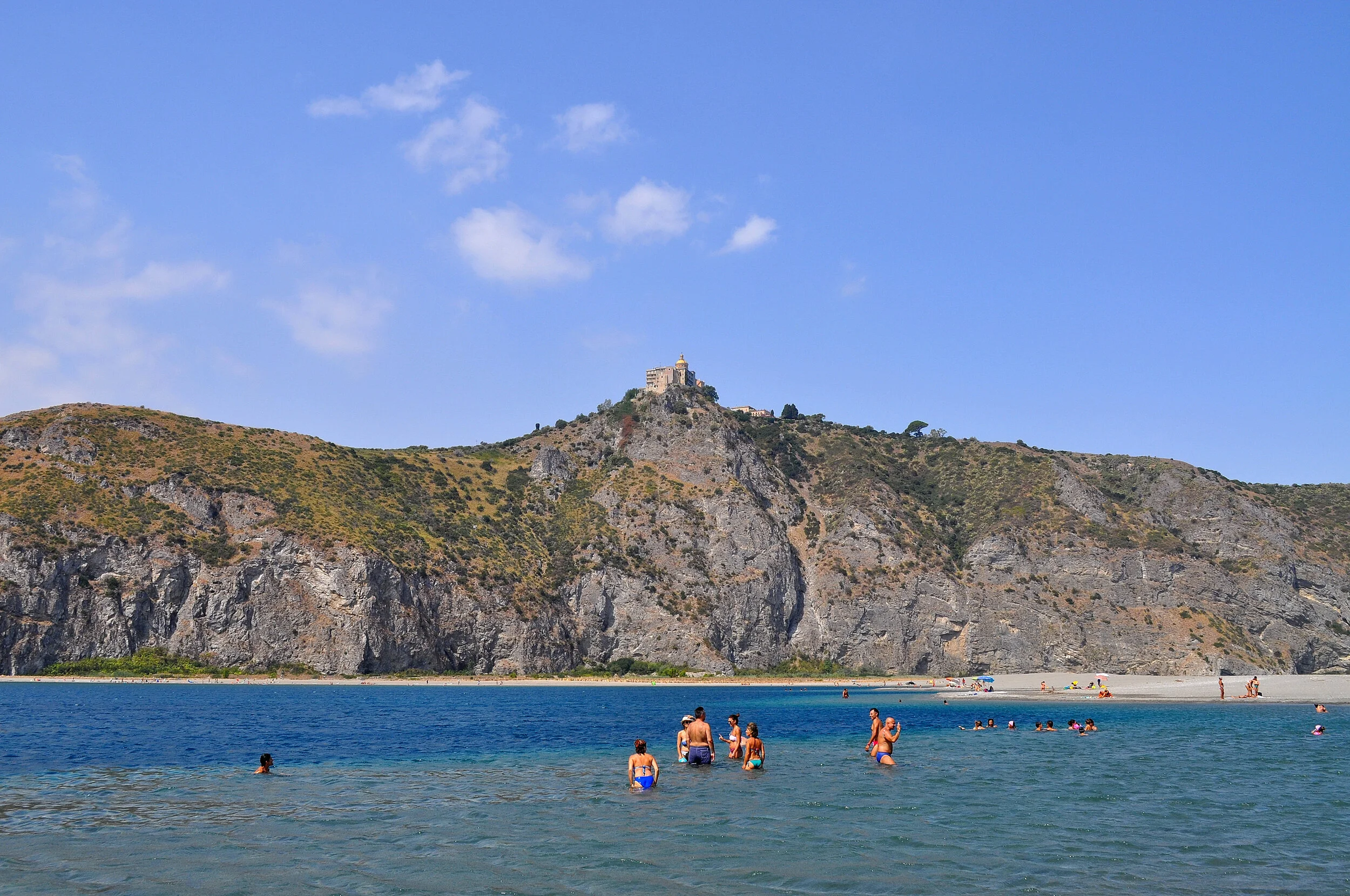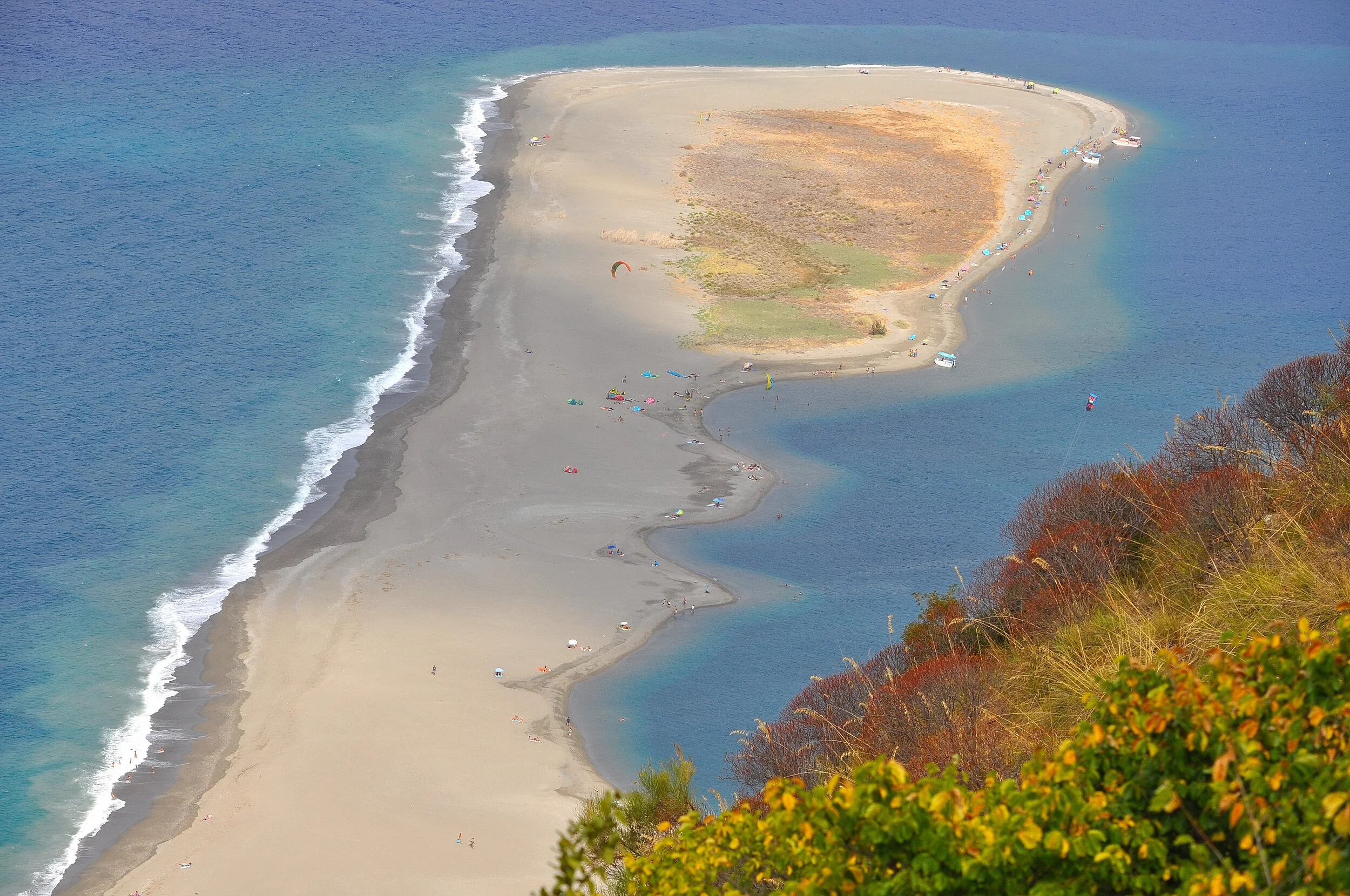Trip to Tindari
Piero: hi Alberto, here we are again!
Alberto: let’s continue our journey to discover Sicily…
Angela: wonderful! Where are we going this time?
Alberto: once again, we’re not going far from our base in Milazzo, and you can hop back into your legendary van! We’re heading just 35 kilometers towards Palermo—half an hour’s drive and we’re ready to start our trip to Tindari…
Piero: it’s one of the places along the Tyrrhenian coast of the province of Messina that fascinates me the most: art, culture, myth, history, and spirituality all blended into one unique destination!
Angela: and all of it with a stunning seaside view in the background!
Alberto: I’d say it’s more than just a background: in the morning, I’ll take you to visit Tindari, and in the afternoon we’ll enjoy the beautiful beach and sea we’ll have admired from above. I’m sure you’ll love it—it’s such a beautiful place that Camilleri took inspiration from it for an episode of Inspector Montalbano. And that’s exactly why we’re naming this day in his honor.
Piero: then let’s go!
Tindari
Alberto: as I said, our day trip starts with a half-hour drive: we take the A20 motorway and exit at Falcone. From there, following the simple signs, we begin our climb toward Tindari.
Piero: this small hamlet of the municipality of Patti is located on top of the homonymous promontory, perched above the sea: it rises to about 300 meters above sea level.
Alberto: Tindari has ancient and noble origins: it was founded in 396 BC by order of Dionysius, by a colony of Syracusan mercenaries. They called it Tyndaris, the original Greek name, in honor of Tyndareus, then king of Sparta and, according to myth, putative father of the famous Helen of Troy and the Dioscuri, Castor and Pollux. During the First Punic War, it served as a Carthaginian naval base, and its waters were the site of the Battle of Tyndaris in 257 BC, in which the Roman fleet defeated the Carthaginians. Along with Syracuse, in 56 BC, it was conquered by the Romans who, under Augustus, transformed it into one of the five Sicilian colonies, the Colonia Augusta Tyndaritanorum. From this period comes Cicero’s famous quote, calling Tindari a "most noble city" (nobilissima civitas). Piero: but between the 1st and 4th century AD, a period of decline began, due first to a catastrophic landslide and then to two devastating earthquakes that almost completely destroyed the city. It became a bishopric in the 6th century and was conquered by the Byzantines; in 836, it came under Arab rule, who nearly razed it to the ground.
Angela: only the sanctuary, the ruins of the ancient city, and the Greek theater survived these disasters.
Alberto: and those are precisely the destinations of our morning!
Piero: if I’m not mistaken, it used to be possible to drive right up to the square in front of the church.
Alberto: exactly, but that’s no longer the case: to reduce car traffic—which used to be parked wildly along the final stretch of the road—there’s now a large paid parking lot a few kilometers from the top. From there, you can go up using a convenient shuttle bus (included in the parking fee), or on foot.
Angela: walking up doesn’t sound too great to me; the distance isn’t huge, but it’s all uphill, and there’s still a steep final stretch of hairpin turns up to the sanctuary. In the heat of certain times of the year, it’s definitely not recommended—and we’ll consider this part more than enough exercise.
Piero: we finally make it to the top, and the first thing we do is lean over the square’s railing to admire the breathtaking view of the strip of land and sea of Tindari!
The Sanctuary of Tindari
Alberto: now we head to visit the Sanctuary of the Madonna of Tindari, which has been designated a Basilica since 2018. It stands at the easternmost tip of the promontory, where the ancient acropolis once rose. The original sanctuary was built on its ruins, a small church dedicated to the statue of the Black Madonna. This statue, carved from cedar wood and of uncertain date, depicts the Madonna wearing a crown and holding the Child in her arms. Her face, elongated and serene, bears the unmistakable traits typical of Eastern and African iconography—unlike Western depictions—yet the proportions remain graceful and aesthetically harmonious. At the base of the statue, you’ll find the inscription from the Song of Songs: “Nigra sum sed formosa”, meaning “I am black but beautiful.”
Piero: it's unclear whether the statue arrived in Tindari as a result of a shipwreck or—more likely—during an attempt by the faithful to save it from the iconoclastic fury of the 8th century. According to tradition, sailors brought it ashore beneath the promontory of Tindari and left it behind to lighten their heavy load before setting sail again. Today, the Madonna is venerated during a festival held on September 7th.
Angela: the present-day Basilica is the result of an expansion completed with its consecration in 1979. Of course, you can visit the new church, but also the old one, which is located within the sanctuary complex. Even more, you can explore the rooms of the sanctuary itself—one of them, in particular, has a window that offers a breathtaking view of the promontory below and the entire bay. Definitely not to be missed!
Piero: before heading to the archaeological site, it’s definitely worth tasting a delicious granita at one of the bars in the square—mulberry and coffee are my favorite flavors!
Alberto: let’s now walk down the only road that leads from the sanctuary to the archaeological area. The first part is lined with small shops and stalls selling all kinds of souvenirs and roasted dried fruit—known in Sicilian dialect as “a càlia.”
The archaeological area of Tindari
Piero: as we get closer to the archaeological site, we’re greeted by stretches of the ancient city walls, still visible in some places.
Alberto: the entire area is still quite well preserved, likely due to the limited interest in reusing the sandstone with which the structures were built. Excavations are relatively recent: the first began in 1839, but the most significant ones date back to the 1960s and have only been completed in recent years. Today, we can admire a Roman insula with part of the main road—the decumanus—the basilica, and above all, the ancient Greek theatre.
Piero: the insula is essentially an entire Roman neighborhood, where the bases of the houses and some mosaics are still well preserved. You can clearly identify several tabernae and a patrician villa complete with baths. The basilica is a two-story structure, probably dating from the 4th century, with a central passage beneath a barrel vault—it may have been a gymnasium. And then there's the theatre: built against the side of a hill, it has a diameter of over 60 meters. It dates back to the city’s foundation period but was later renovated in Roman times with the addition of a portico and the reconstruction of the scaenae frons, of which only the foundations and one arch remain—modifications that made it suitable for games. Thanks to its splendid position overlooking the sea, it has hosted an important festival of music, dance, and theatre since 2001, now known as the Festival of the Two Seas. Some artifacts from the site are displayed in a small on-site museum, which can be visited together with the archaeological area.
Angela: I have to say that the wonder of this place deserves much more attention: little maintenance and care, despite the entrance fee. A true gem left to neglect! Trash and abandoned barriers everywhere, but worst of all, mosaics buried under dust and weeds—a real shame!
Alberto: I'm really sorry about your disappointment, but we still have an afternoon ahead in another very beautiful place. Let's watch it again in this video:
Piero: we’ve seen the sea and the promontory from above; now it’s time to go down there.
Alberto: we return to the parking lot and head to Marinello, aiming to reach the sandbar right under the Tindari promontory. Here too, there are two options: a walk on the beach under the sun or we can take the shuttle service that, by boat, in just a few minutes and for a small fee, takes us directly there.
Angela: we clearly choose the second option to avoid the afternoon heat and the long walk. Traveling with children, even the short boat ride is an experience in itself. Of course, if you want to fully live the adventure, you can take the trail called Coda di Volpe (Fox’s Tail) for its particular shape, which leads from ancient Tindari down to the marine reserve.
The Tindari Lagoon
Alberto: the Tindari Lagoon, with Marinello Beach, forms a stunning stretch of sea and is today a protected nature reserve due to the extraordinary presence of characteristic lacustrine water basins (the so-called “Marinello ponds”) alongside marine sands. Here again, myth blends with the beauty of the place: according to legend, the beach was miraculously formed after a little girl fell from the terrace of the Sanctuary and was later found safe on the beach. The girl’s mother, having witnessed the miracle, began to believe in the miraculous nature of the Madonna statue, which she had doubted due to its dark skin. Another legend adding further charm to this place concerns the Grotta di Donna Villa, located in the rock cliff above: the cave was said to be inhabited by a sorceress, who lured sailors with her singing and then devoured them. When someone gave up due to the difficulty reaching the entrance, the sorceress vented her anger by digging her fingers into the wall; this is said to be the reason for the many small holes in the rock.
Piero: the shape of the beach constantly changes depending on the tides; however, from above, the strip of land seems to have the shape of a woman embracing a child.
Angela: the sea and the place are enchanting and generally not crowded even in summer. The water is crystal clear and the seabed is sandy and varies in depth depending on the location: on one side the sea is shallower and protected by the sandbar, while on the other side it is deeper and exposed. Clearly, this stretch of beach is not equipped with facilities, so you need to be well prepared.
Piero: we spent another wonderful day in this splendid land, discovering a place that perfectly embodies the spirit of our travels, where beauty and relaxation combine with history and culture!
Alberto: as you are learning, there are many places in Sicily that share these characteristics: we just need to continue our patient exploration!
Angela: we can’t wait!


